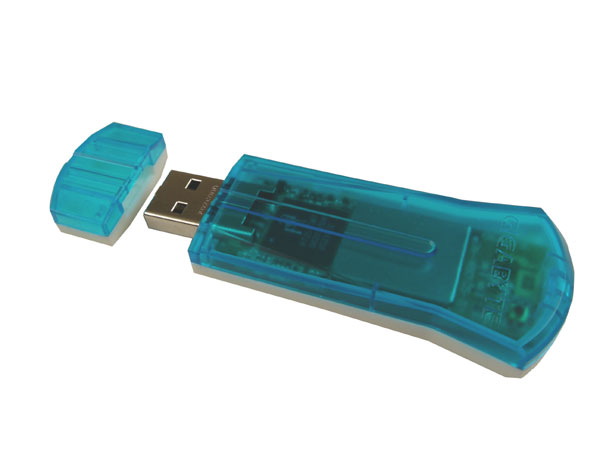

- #GC WB867D I DRIVERS FOR WINDOWS 10 HOW TO#
- #GC WB867D I DRIVERS FOR WINDOWS 10 UPGRADE#
- #GC WB867D I DRIVERS FOR WINDOWS 10 FOR WINDOWS 10#
- #GC WB867D I DRIVERS FOR WINDOWS 10 PC#
- #GC WB867D I DRIVERS FOR WINDOWS 10 BLUETOOTH#
The physical size of the card can also be a concern. If for some reason you need very long range, you can always buy a bigger aftermarket antenna. As a general rule of thumb, assume the signal range is 30 feet. It depends on signal strength, interference, and any obstacles that block the signal. Assuming the same design, a larger antenna will have more strength and longer range. More important is the size of the antenna.

Then again, if you aim two antennas, that’s more antenna pointed at your router. In other words, more than one antenna is normally unnecessary. So the only direction you need to boost your signal in is the direction of your router. You aren’t connecting to a bunch of other devices directly via WiFi you’re connecting to your router. This all makes sense so far.įor a computer, on the other hand, it’s a different story. The more antennas, the more directions you can boost your signal in. For a router, you probably want a good signal in all directions, so more antennas makes sense. After all, the purpose of an antenna is to boost the signal in a given direction. We have router manufacturers to thank for this, and there, more antennas makes more sense. It’s easy to get distracted by a bunch of antennas. For another thing, if there are a lot of online devices, some of them might hog your bandwidth. For one thing, your home’s internet service may not be anywhere near that fast. Keep in mind, though, that you won’t always get the highest possible speed.

This will allow you to get the fastest possible speeds out of your connection. With WiFi 6, on the other hand, you should expect at least 3 Gigabits (3,000Mbps) of bandwidth. In practice, Ethernet is still more reliable, and has less latency. That’s in line with Gigabit Ethernet, at least in theory. Prior to WiFi 6, you could typically expect around one Gigabit of data transfer. The more bandwidth you have, the higher your theoretical maximum transfer speed. Bandwidthīandwidth is the most important consideration, because it’s a measure of your data speed. Here are the most important things to consider when you’re buying a new wireless card. That way, we’ll have a better basis for comparison when we look at various features.
#GC WB867D I DRIVERS FOR WINDOWS 10 HOW TO#
Which one is right for your computer? We’re about to find out! How to Choose the Best PCIe WiFi 6 Network Adapter Cardīefore we start talking about individual PCIe WiFi 6 cards, let’s talk about what you should be looking for.

#GC WB867D I DRIVERS FOR WINDOWS 10 BLUETOOTH#
This card has antennas on the back of your PC, and provides Bluetooth 5.1. Finally, we’ll check out the EDUP PCIe WiFi 6 Card.
#GC WB867D I DRIVERS FOR WINDOWS 10 FOR WINDOWS 10#
This card also has external antennas, and supplies Bluetooth 5.1, but it’s for Windows 10 64-bit only. After that, we’ll consider the WAVLINK AX3000. This card has a similar design and features, works with both 32- and 64-bit Windows 7, 8.1, and 10. Next, we’ll look at the MSI AX916C AX200. This card has big external antennas, also provides Bluetooth 5.0, and works with Windows 10 64-bit and Linux. We’ll begin by reviewing the Asus AX3000 (Pce-AX58BT). Today, we’ll be looking at four of the best PCIe WiFi 6 cards available. The best solution is to use a PCIe WiFi 6 network adapter card.
#GC WB867D I DRIVERS FOR WINDOWS 10 UPGRADE#
If you want to get the full benefit of your new WiFi 6 router, you’ll need to upgrade your computer, too. Your old wireless card will serve as a bottleneck, limiting your speed.
#GC WB867D I DRIVERS FOR WINDOWS 10 PC#
But unless you’re using a brand new PC, you won’t notice any benefit in your PC connection. This is great news for anyone who wants fast internet and connectivity for all their smart home gadgets. This year, though, we’ve started to see more WiFi 6 connected devices. We started to see some WiFi routers throughout last year, but little else. So far, the rollout of WiFi 6 has been slow. This new standard allows speeds as fast as 3,000Mbps, as well as supporting more devices on one network. Last year came the release of a new standard, WiFi 6 – formerly known as 802.11ax. Support for multi-device use has also significantly improved since the early days. Signals have gotten more stable, speeds have gotten higher, and latency has gotten lower. Since then, we’ve gone through 802.11c and 802.11a, with each iteration being a major improvement. 802.11a was the original standard, but 802.11b was the first to become popular with the public. WiFi is one of those technologies that seems old, but is constantly being upgraded.


 0 kommentar(er)
0 kommentar(er)
